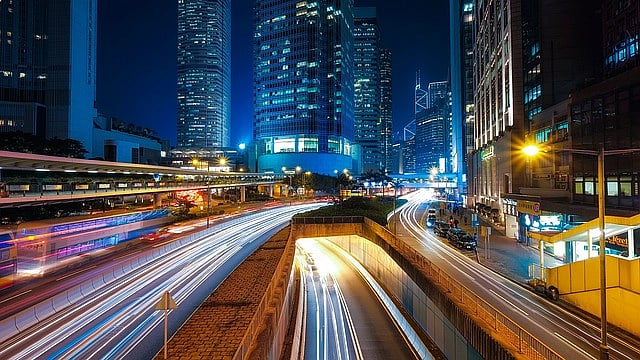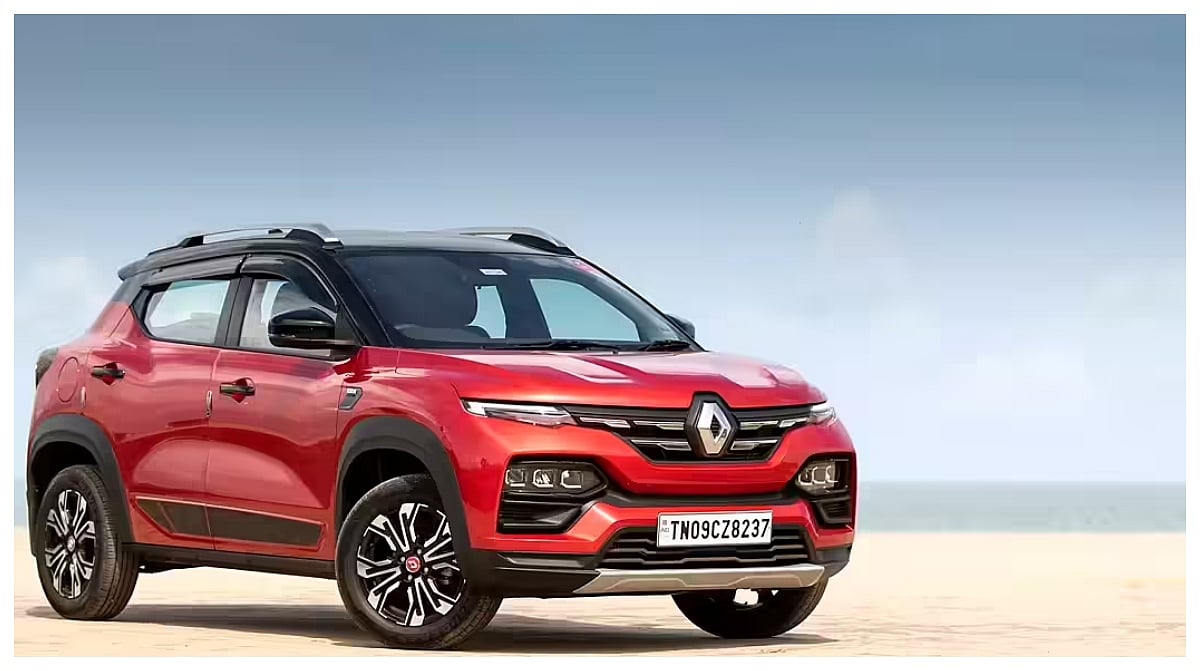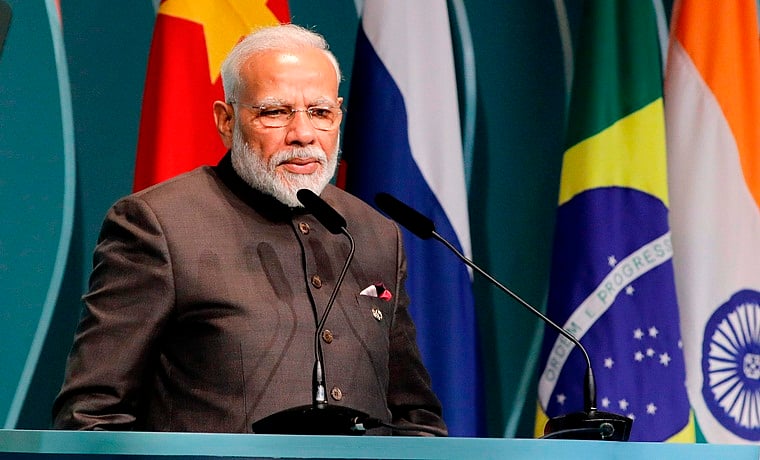Somewhere online I came across an article that talked of Urbanism, and the beautiful opportunity cities offer us to combat climate change. Yes. The beautiful opportunity to combat climate change!
I had to read that a few times to convince myself I didn’t need new glasses or a new therapist.
I can fully appreciate pleasure of writing, and writing well, and I can say this, since I am new to writing as a columnist — writing can get us carried away; it isn’t hard to get lost in your own brilliance at the use of the English language, especially when you are in the flow, and you have a hero-like image of yourself holding up a beacon for humankind, but “opportunity” was not the word I expected to see.
Over the last few months I have been thinking about cities, sustainability, emissions and the prospects of an urbanised future. And recently have chanced upon articles floating around talking about “Greening the City” and “Net Zero Cities”. Business journals, op-eds and keynote addresses that have been waxing eloquent about a bright and green urban future, peppered with current industry jargon and catchphrases that make them sound sufficiently important, networked and most importantly, convincing.
Written by large multi-million dollar international organisations, foundations educational stalwarts. Reports and op-eds filled with quadruple hyphenated description of urban futures, that impress and confound average mortals like myself.
Each second article or report will carry climate, smart, resilient, green and infrastructure, in different sequences and in newer permutations and combinations with other more recent buzzwords that are trending in the development and urban sectors.
Given the size of projects and expenditure earmarked by governments for urban development, there is little doubt that these are never-ending opportunities — whether you are on the building side or the proposing side of the business. So it is not surprising to find them singing praise and serial renames JNNURM or the Smart City Mission, but I guess that comes with the territory and the mood of the moment!
Domain publication and research across the globe indicated that over 50% of the world’s human population now lives in cities. And together are responsible for about 70% of the greenhouse gas emissions we have no choice but to live with.
But the question to me really is — in the 21st century, are cities even a good idea?
Every other decade the high priests of the temples of Urbanism conjour a new vision to reinvent the great sinkholes that are our cities. Some years ago, there was the SEZ. More currently it is the “Smart City Project” that is failing to be even averagely intelligent. And the future, from the recent buzzwords I have gathered, is probably going to be called Global Climate Resilient Urban Reimagination Project!
Sinkholes that suck the money and the joie de vivre of millions who keep these money machines going, in a never-ending cycle of work, sleep, and weekends to make money to live in over priced real estate to spend their waking hours travelling to and from work to pay for the things they don’t need to buy.
Apparently the per capita carbon emission in cities is going down, which seems to be driving a renewed eagerness to push for more urbanised cities? What are the benchmarks? And what are they based on? Less than London? And Paris? Or Buenos Aires?
There is a tipping point, beyond which a city stops being efficient, stops being live-able and is actually unviable. Where the combined costs of infrastructure and energy spends are a multiple of their small town counterparts. But a good indication of it would probably be walking, its last square kilometre to assess the quality of life its teeming millions to make any meaningful discovery.
Team City will argue the case of culture and art and history and heritage, but the truth, especially in the large metropolitan cities of India that seem to grow unabated, swallowing in hinterland after hinterland, is that reality is for a special chosen few.
A larger share of the population of these cities still grapple for decent living conditions, accessible transport to work and the hope of saving for their children’s futures.
And again it is useful to note, that this group (at an estimated 65% or more) are actually not much of a relevant argument — cities were never meant for the working class, they were there to provide an easily accessible work force and keep things economically viable.
Are cities better places to live in? If you compare them to a village with poor internet, bad roads, and non existent healthcare the answer is a self evident Yes! But is that the standard we are going to work with?
Whatever the creative number-crunching might indicate, it is impossible that small, human powered transport scale communities, pooled into clusters can be more energy-consuming than the colossuses we have for cities globally.
The sad part is by the time that point has been arrived at, governments and real estate and the financial markets have invested too much to allow these cities, they are the proverbial gift that keeps on giving. Mammoth cities, in decline, plugged into all manner of life support to sustain the coffers.
But given the absolute transformation of engineering and logistics services and the IT industry, one could easily imagine a future without the need for cities as they have been for the last 200-odd years.
It is — or perhaps it is not — surprising that since the onset of the industrial revolution, which is essentially from where modern city planning takes it roots (not culture, or art, or religion or pastries) the nature of the city has remained unchanged.
Urbanism requires faith! Belief, sadly has no room for objectivity. Belief and the first principles don’t really go hand in hand, and there in lies a 200 years of Human history. To the Urbanist, Urbanism is religion!
PS. The title is not a typo!
Henri Fanthome, an architect who trained at the SPA, lives and works out of Mehrauli, Delhi and writes about design and urban spaces









